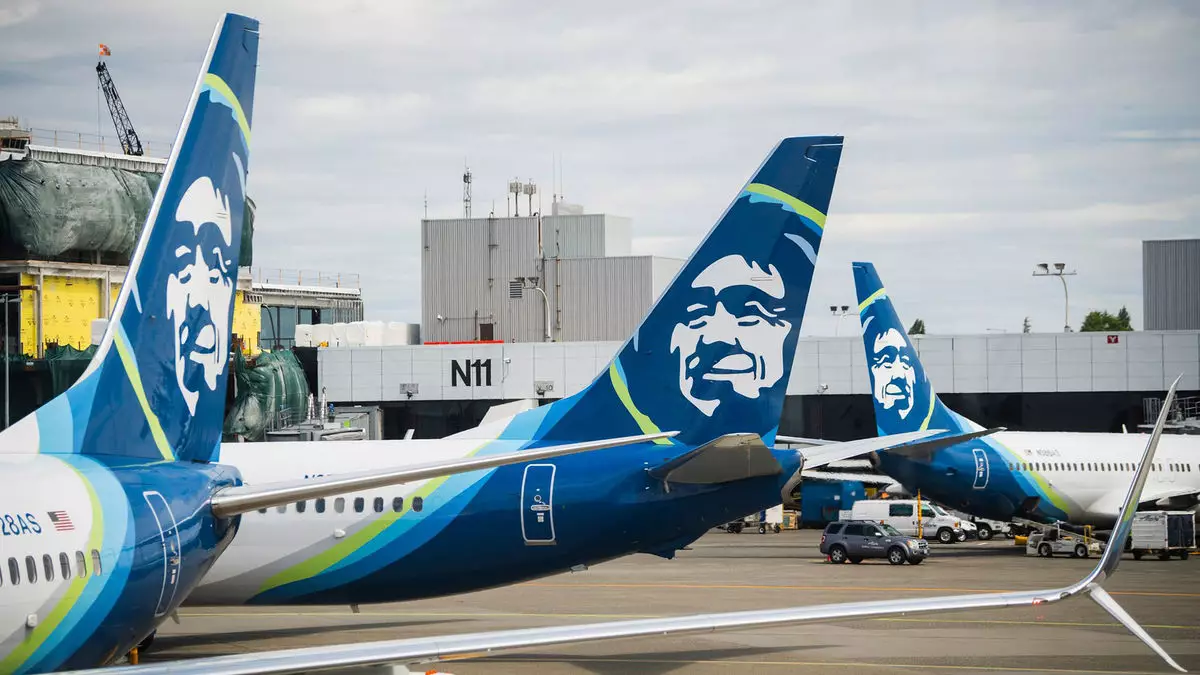In a sudden turn of events on a Sunday night, Alaska Airlines faced significant operational hurdles at Seattle-Tacoma International Airport, leading to the temporary grounding of its flights. This disruption was attributed to a serious technological issue, details of which remained vague even after it was resolved around 10 p.m. local time. As the airline took to social media platform X to address frustrated travelers, it acknowledged the delays stemming from both their app and website outages. The nature of the technical failure remains ambiguous, but it is indicative of the vulnerabilities in airline technology systems that can have widespread repercussions.
In an effort to mitigate the fallout from this disruption, Alaska Airlines promptly issued apologies and advisories to its customers via their official channels. Their communication stressed the importance of checking flight statuses prior to arriving at the airport, which was a prudent measure given the confusion and inconvenience the technical issues had caused. Furthermore, the airline suggested that passengers reconsider their travel plans, offering options to change or cancel flights if their schedules permitted. This level of customer service is essential in maintaining trust and loyalty, especially during challenging times when technology falters.
The incident at Seattle-Tacoma Airport is further compounded by a series of previous stresses impacting travelers in the region. Just days before, reports surfaced regarding a cyberattack on the airport’s operator, resulting in a ransom demand of $6 million in Bitcoin. The Port of Seattle, which administers the airport, has chosen not to acquiesce to such demands, a decision that reflects both resilience and determination to recover without resorting to payments that could embolden further attacks. This cyberevent, which initiated on August 24, struck during a peak travel season leading into Labor Day, illustrating the precarious nature of airport security and the ripple effects of attacks.
As the aviation industry increasingly relies on technological innovations, disruptions such as those experienced by Alaska Airlines raise critical questions regarding cybersecurity and operational preparedness. The dual challenges of technical glitches and cyber threats necessitate a robust framework for incident response and risk management in airports and airlines alike. Alaska Airlines now faces the task of reassessing its technological resilience to prevent future incidents, emphasizing the importance of not just recovery but also proactive measures to safeguard against emerging threats.
Ultimately, the recent events highlight the turbulent landscape of modern air travel, fraught with unexpected challenges that can affect thousands of passengers with little prior warning. While Alaska Airlines has taken steps to rectify the situation, the importance of robust technological infrastructure cannot be overstated. As airlines like Alaska navigate these uncertain waters, ensuring effective communication and maintaining operational integrity must remain at the forefront of their strategies, lest they face the specter of lost customer confidence in the face of mishaps.


Leave a Reply